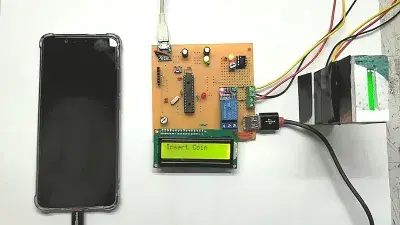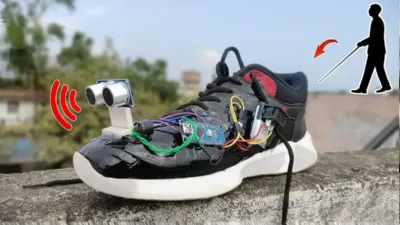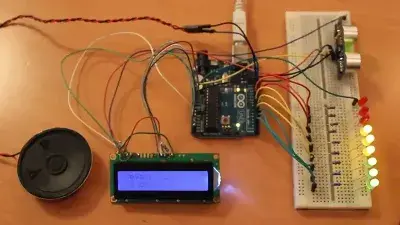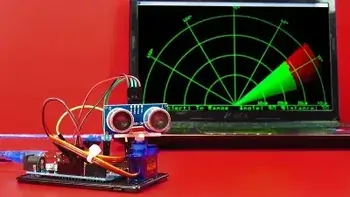introduction of gps based blind stick project
GPS-based smart blind sticks are becoming increasingly popular among visually impaired individuals. With the help of GPS technology, these sticks can guide blind people to their desired destination with ease. The addition of an Arduino Nano microcontroller, ultrasonic sensor, GSM module, buzzer, and water detection sensor further enhances the functionality and usefulness of this device.
The ultrasonic sensor in the smart blind stick emits high-frequency sound waves and measures the time taken for the sound waves to bounce back from nearby objects. This allows the stick to detect obstacles and alert the user via the buzzer. The GSM module enables the stick to communicate with the user's smartphone, providing real-time updates on the user's location and any potential hazards in their path.
The inclusion of a water detection sensor is particularly useful, as it can help prevent the stick from getting damaged in wet conditions. This is a crucial feature as traditional white canes are often damaged in rainy weather, leaving the user without a reliable mobility aid.
The smart blind stick's Arduino Nano microcontroller serves as the device's brain, processing data from the various sensors and enabling communication between the stick and the user's smartphone. With the help of the GPS technology, the user can set a destination on their smartphone, and the stick will guide them to it, providing real-time alerts of any obstacles or hazards in their path.
In conclusion, a GPS-based smart blind stick that operates using an Arduino Nano, ultrasonic sensor, GSM module, buzzer, and water detection sensor is a highly functional and reliable mobility aid for visually impaired individuals. Its features enable users to navigate their environment safely and with greater ease, providing them with greater independence and freedom.
features of blind stick
1.GPS technology to guide users to their desired destination
2.Ultrasonic sensor to detect obstacles and alert the user via the buzzer
3.GSM module to communicate with the user's smartphone and provide real-time updates on their location and potential hazards
4.Water detection sensor to prevent damage to the stick in wet conditions
5.Arduino Nano microcontroller to process data from the sensors and enable communication between the stick and the user's smartphone
6.Real-time alerts of obstacles and hazards in the user's path
7.Greater independence and freedom for visually impaired individuals
8.Easy to use and operate
9.Portable and lightweight for ease of transportation
10.Can be customized to meet individual user needs and preferences













